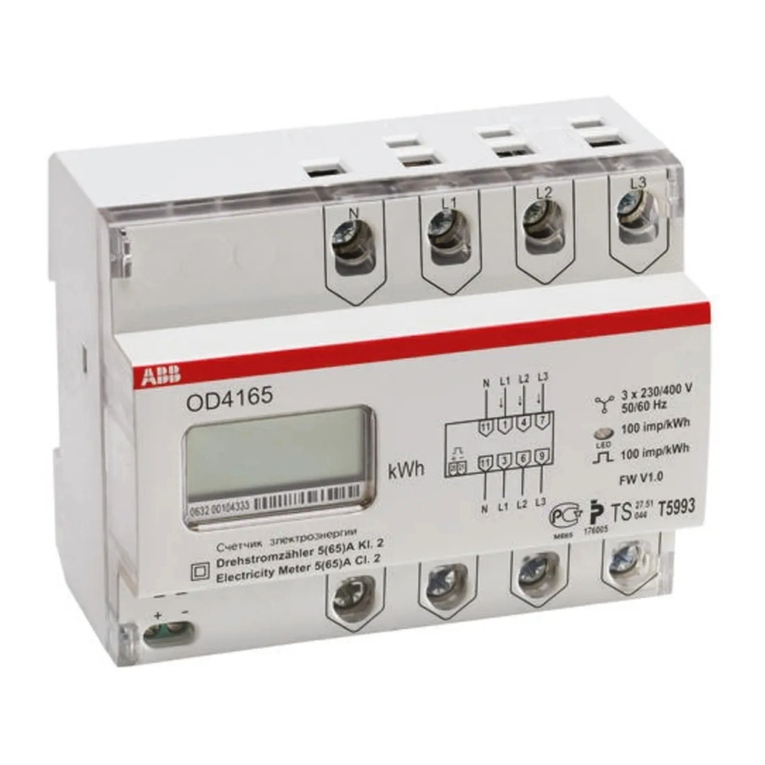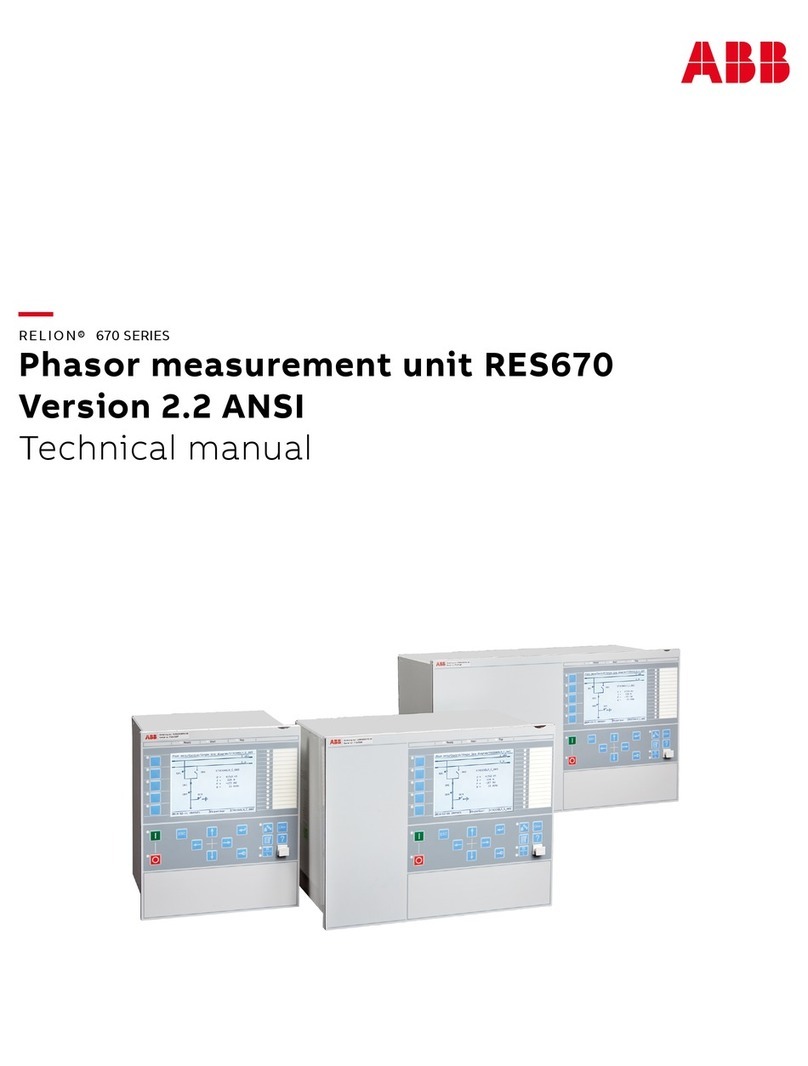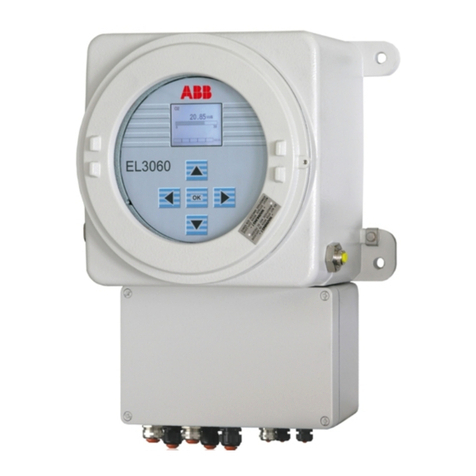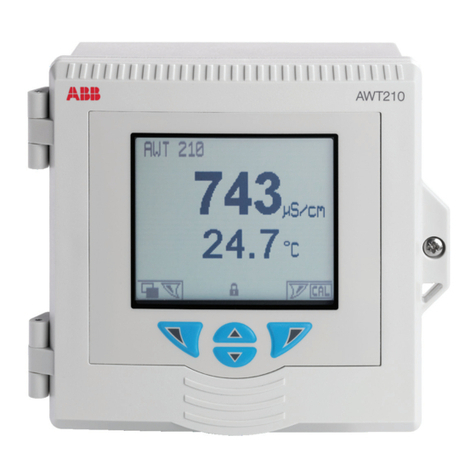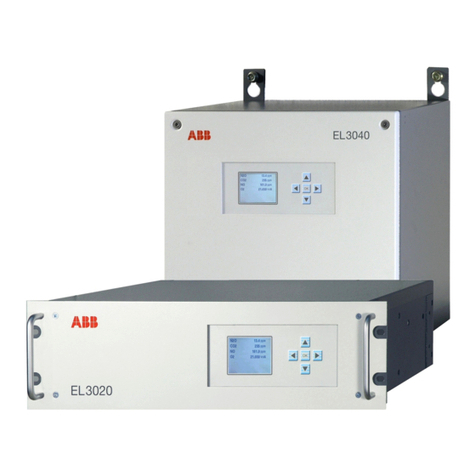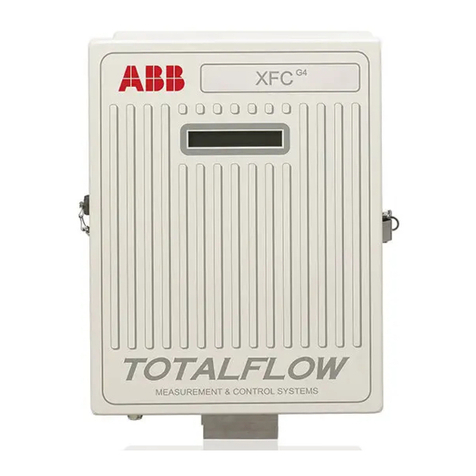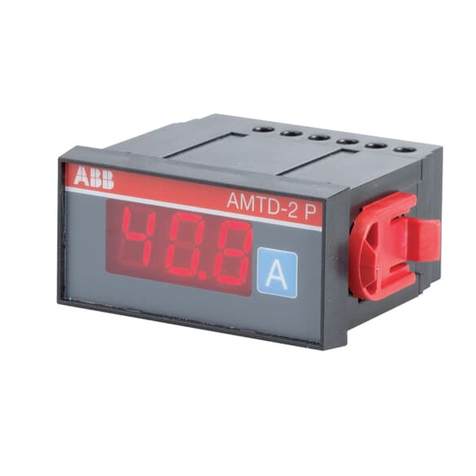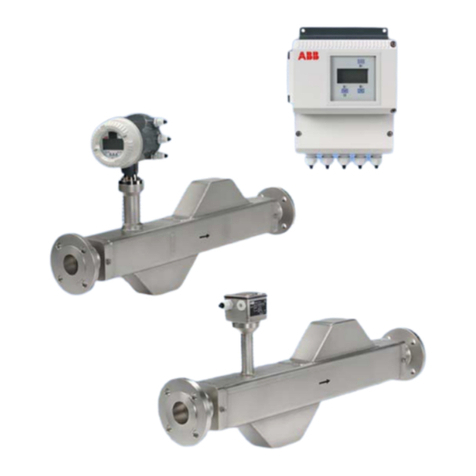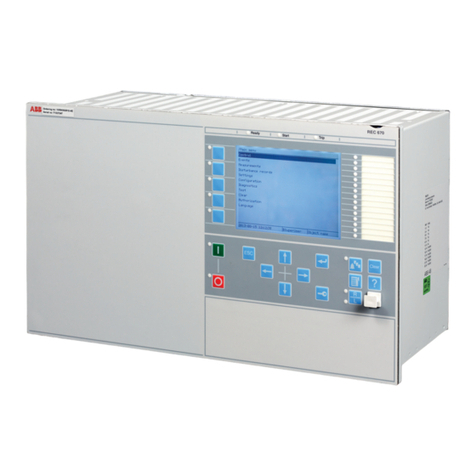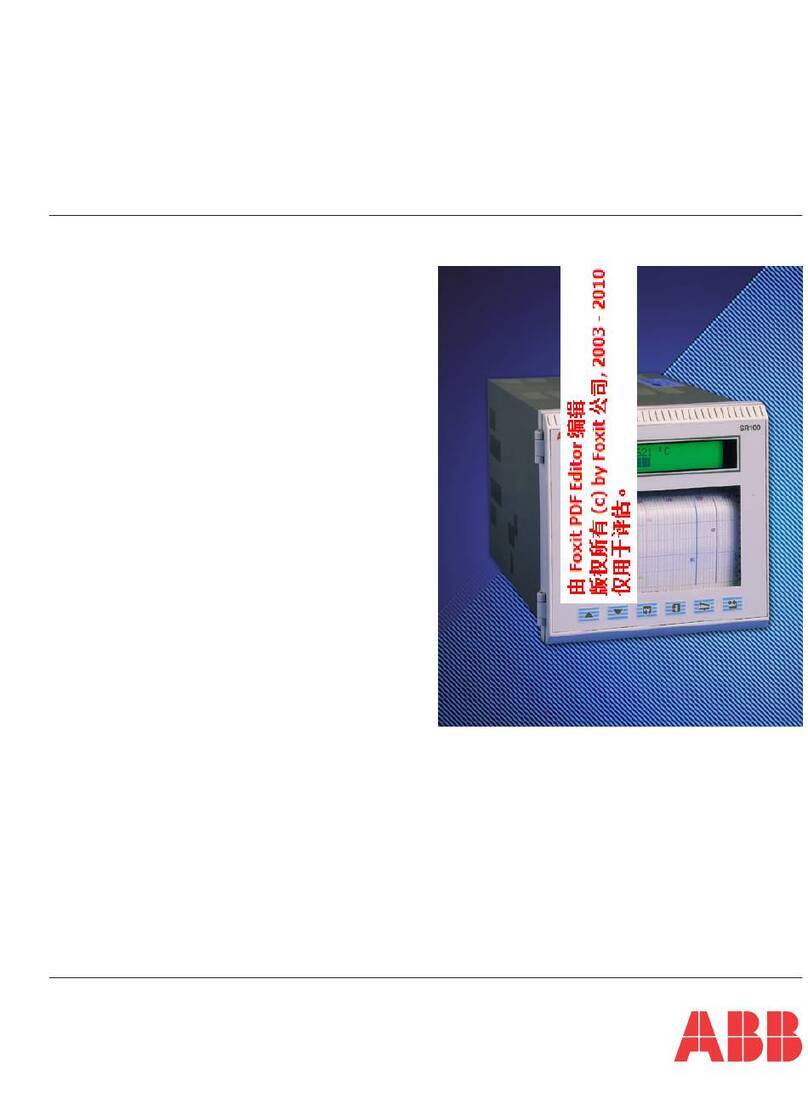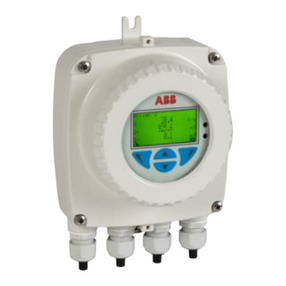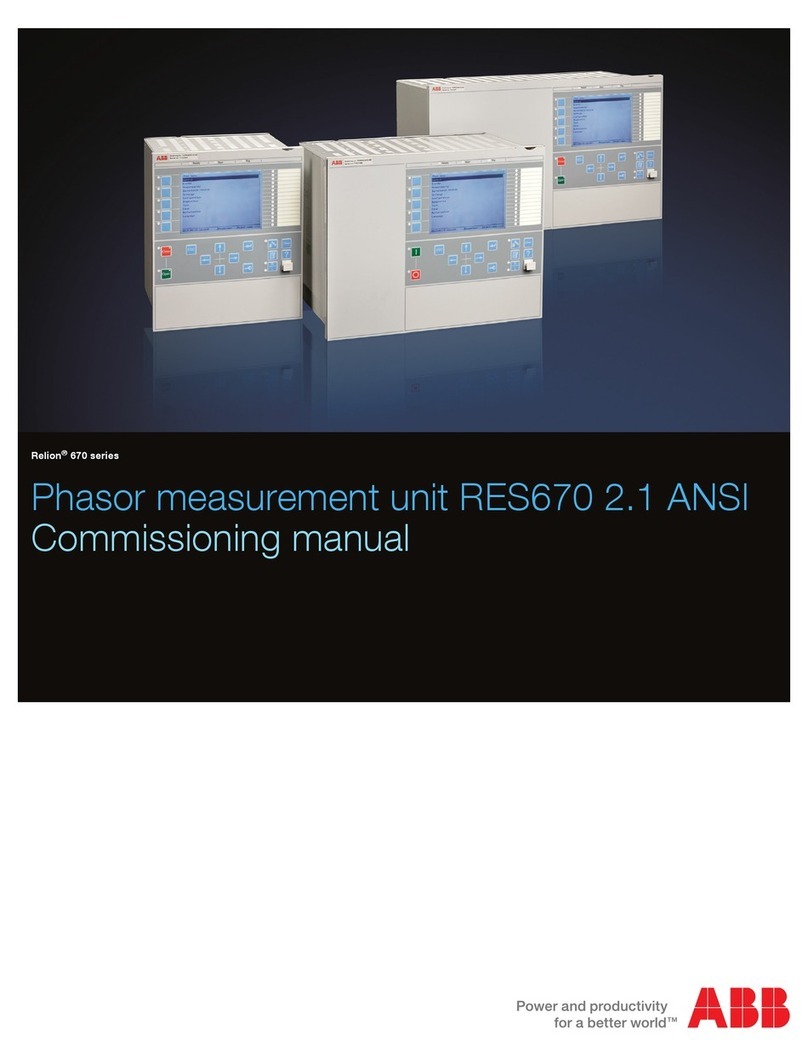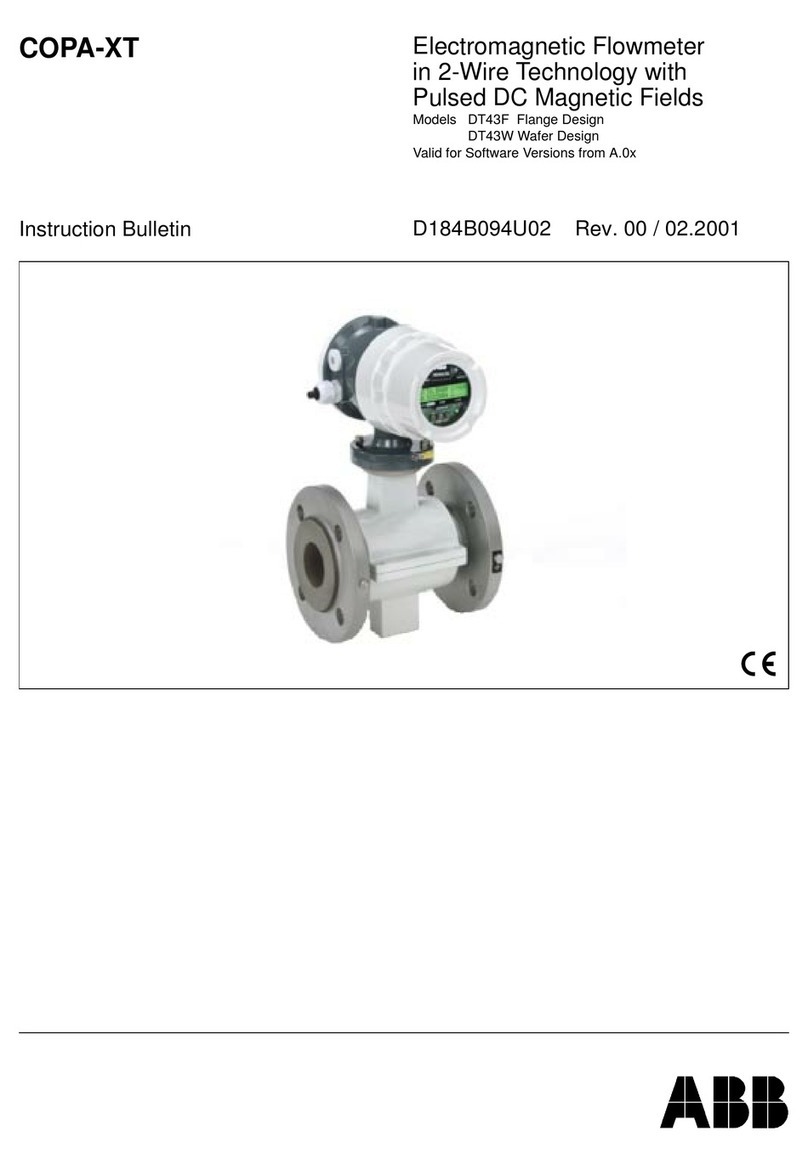
Installation instructions
1. Remove the unit from the packing box and inspect it for damage or imperfections. If any damage is found, do not
install the unit, but replace it carefully into the packing box and notify the ABB product support hotline in Australia on
1800 222 435.
2. If all looks okay, installation can proceed.
3. Please note circuit suppling mains power to the fitting must not be energised until installation of the fitting is
completed. The base of the unit is installed first on the ceiling (refer figure 1a), the mounting and cable entry hole
dimensions shown in figure 1b can be used as a template, for the purpose of marking/drilling. The data cable only
connects for the Nexus unit (part number PLSNXSLED/PLSNXSLEDP). Once the base is installed on the ceiling,
connect the incoming unswitched active, neutral and earth to terminal marked USA, N and E respectively. Connect
the Nexus data cable (only for Nexus unit).
4. Once the base is secured to the ceiling, hold the diffuser assembly in your hand and connect the diffuser wire loom
polarised plug to the mother board (refer figure 2), the white wires on the plug should be towards the centre of the unit.
Once the plug is connected, lay the wire loom carefully inside the base. Place one end of the diffuser in the diffuser
holding latch hole (refer figure 2) and then push up the other side of the diffuser, the diffuser clicks and locks in place.
Once the diffuser is locked in place, the cover is easily fixed to the base via 2 screws. Hold the cover in your hand
and bring up to the base, pass diffuser through the cut out; make sure the side rectangular cut out on the cover for
the LED and test switch lines up with LED and test switch on the base. Once the holes on both sides of the base and
cover line up, secure with the screws provided.
5. Install the pictograph inserts by sliding into the diffuser. The pictograph inserts can be installed in the diffuser prior to
installing the diffuser assembly in the fitting. Fitting is supplied standard with all pictograph insert options for single and
double sided, as a complete one box solution to meet any site/project needs.
6. The circuit suppling mains power to the fitting can now be energised. Once powered up, in a single point unit the red
LED lamp should energise and remain lit on mains, until the power supply fails. For Nexus product; the normal initial
uncommissioned status of the indicating LED on the unit is flashing green. Once commissioned, the LED changes to a
steady red and flashes red during a test after receiving a command from the Nexus system. Please refer to the Nexus
user and technical guide for a full detailed description of all possible LED states and their meanings. The emergency
function of the fitting should only operate when the normal lighting power supply fails or when somebody presses
the manual test button located on the unit or when commissioned on the Nexus network and the unit receives a
command from the Nexus controller to switch into emergency mode.
7. Check the operation of the unit to ensure that the installation was successful. When powered up, allow a few minutes
to give the battery a small charge, then press the manual test button located on the unit. Hold the test button in for
a few seconds and observe the operation of the lamp switching from mains to the emergency mode. If the lamp
on emergency mode works momentarily, that’s okay. Try again in a few more minutes because if the battery was
completely discharged, it may take a little time to charge up enough to operate even momentarily. After this time,
press the test button again and if the lamp does not work at all, check the supply, the connections and the trouble
shooting guide at the end of this document.
8. Once manually checked as per item 6 above, the Nexus unit is ready to be communications tested and commissioned
into the Nexus network and registered in the database. Keep the information details of this unit including exact location
description, DB and CB numbering, channel and router numbering, plan number and cross referencing information as
all this will be required for entry into the database during commissioning. Refer to the Nexus user and technical guide
for full details. As the installer, it is your responsibility to conduct the initial discharge testing of the installed unit. Refer
to AS/NZS2293.
Removal instructions
1. To remove/uninstall unit from the ceiling, the steps to be followed are the reversal of installation process. Turn off mains
power to fitting, the fitting will automatically switch onto emergency mode as the mains power has been turned off. It
will stay on in the emergency mode until such time as the battery cut-off threshold is reached.
2. Remove cover by undoing the 2 cover screws turning anti-clockwise one by one using suitable screwdriver, make sure
to hold cover with one hand while undoing the last screw. Once the screws are undone, remove the cover gently. The
next step is to remove the diffuser assembly.
3. To remove diffuser assembly, hold the diffuser holding latch with thumb and fingers on one end and push gently to the
opposite end to remove diffuser from the holding latch. Once diffuser is removed from the latch, disconnect/remove
wire loom plug from the mother board. Once the diffuser assembly is removed, disconnect the battery pack plug on
the mother board. The next step is to remove base of the installed unit.
4. Undo the mains wire connections ie: unswitched active, neutral and earth cable (and data cable connection where
applies) from the terminal block using a suitably sized screwdriver. Unscrew the mounting screws turning anti-
clockwise one by one using suitable screwdriver, and make sure to hold base with one hand while undoing the last
screw. Once the mounting screws are undone, the base can be pulled down gently from the ceiling.
5. When the unit is reconnected to the mains supply, it will need time to recharge its battery before it will be capable of
a full length discharge again. The ability of the unit to operate on emergency is determined by the age, charge level,
operating temperature conditions and environmental circumstances of the battery in the unit.
Testing precautions
Once the fitting is permanently connected to the mains supply, a commissioning discharge test as required in
AS/NZS2293.2 must be carried out. You will need to allow 24 hours for the battery to fully charge prior to conducting
this test, presently (at the time of writing), the standard requires that fittings operate in emergency mode for a period not
less than 2 hours for their commissioning test and for not less than 90 minutes thereafter (it is required that 6 monthly
discharge tests be carried out). You will need to keep the records for the commissioning test and enter them into the
building emergency services logbook or via other recording methods as allowed by AS/NZ2293.2.
Construction sites
Continuously switching of the mains power supply that is connected to emergency light fittings during the construction
phase of an installation will cause these fittings to discharge and charge their batteries many times over a short period;
this can shorten the life of the battery and will also result in shortened emergency lamp life. ABB does not recommend
such practices and may not honour the warranty on batteries when they are subjected to such harsh operating
conditions. Emergency light fittings are designed to be discharge tested once every 6 months as per AS/NZS2293.2,
subjecting the product to repeated discharge or charge cycles is regarded as an abuse of the fittings.
Figure 1b: Mounting and cable entry hole
dimensions
Figure 2: Connect wire loom plug to the mother board
Figure 1a: Showing sequence of
components
Figure 3: Pictograph inserts
Diffuser
holding
latch
White
wires
Mother board
Note: Cable
entry hole is
24mm offset
from the centre
of the unit

